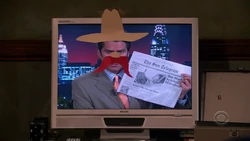For me, an image would normally be viewed at a ‘comfortable’ distance. If one sticks one’s eyes close enough to the image, then no matter how many megapixels are there, it would still look pixelated. While there is no absolute standard of ‘comfortable’ viewing distance, there seems to be some general consensus that it would roughly be about 1.5-2 times the diagonal of the image (e.g. for a 4x6 inch print, this distance would be about 11-14inchs). At these viewing distances, how much resolution is needed above which a person with ‘normal’ eyesight would not be able to tell the difference? The ‘average’
human eye (20/20) can see about 300 microradians of visual acuity and has a near point of 25 cm. That works out to 75 microns, or 338 pixels per inch, or one can approximate the PPI needed for a print viewed at distance x inch using PPI ~ 3327/x. For a 4x6 in image, the PPI at 11 in viewing distance (the most stringent in the viewing distance range) works out to a PPI of about 302, which translates into about 2.2mpx for the 4x6 print. If we repeat this for larger print and proportionally larger viewing distance, we would still arrive at about 2.2mpx for the image. Even if we were to use a viewing distance of 1xdiagonal (which is beginning to be uncomfortable for me), the mpx required would still be ‘only’ about 5.1mpx. So for viewing an image ‘normally’, very high mpx final images are not necessary. This does not, of course, negate other viewing preferences (such as ‘pressing nose against screen’

) or the flexibility of heavy cropping afforded by high mpx sensors, or simply the comfort/desire of having a high mpx camera.


